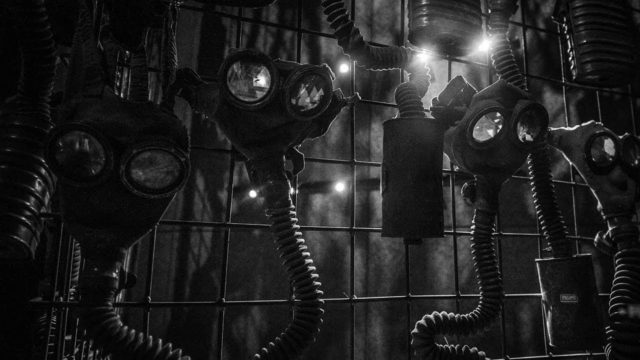Quick Facts
| Net Worth | Not Known |
| Salary | Not Known |
| Height | Not Known |
| Date of Birth | Not Known |
| Profession | History |
While it will be labeled a conspiracy theory to say that some of the achievements of the United States in biological and chemical warfare research after World War II are a result of the country first obtaining the work of Unit 731, the fact that America was the first country to get their hands on the work of the unit can not be disputed.
As the countries of the world fought each other for a second time, Imperial Japan embarked on covert research and development of biological and chemical war weapons that led them to undertake lethal human experimentation. These activities, which have gone down in history along with that of Josef Mengele as some of the most notorious war crimes ever committed, were carried out by Unit 731, who operated under the guise of being an Epidemic Prevention and Water Purification Department of the Kwantung Army.
These experimentations have since been considered to be examples of medical torture and have led to the creation of documents like The Nuremberg Code and The Declaration of Helsinki – a set of research ethics principles for human experimentation. Read on to find out more on the truth about Unit 731, the brains behind the project and what happened to those involved with it after the war.
The Origin of Unit 731
Unit 731 was the brainchild of the chief medical officer of the Japanese Army, Surgeon General Shirō Ishii. He is said to have gotten the idea after spending two years abroad, where he noticed that Western powers were also developing their very own programs. Upon return, he organized a secret research group known as the Togo Unit in 1932 under the Army Epidemic Prevention Research Laboratory which he was placed in command of.
Here, General Ishii conducted various chemical and biological experimentation in a prison/experimentation camp in the Zhongma Fortress. The facility’s secrecy was jeopardized due to a jailbreak in 1934 and an explosion a year later, prompting Ishii to shut down and move his work to a different but much larger facility. His work further gained the attention and backing of Japanese Emperor Hirohito who authorized by decree the expansion of Unit 731 in 1936. It was ordered that the group be integrated into the Kwantung Army as the Epidemic Prevention Department.
Following the Japanese invasion of China in 1937, sister chemical and biological warfare units were founded all across eastern Asia as Epidemic Prevention and Water Supply Units. Due to the strong financial backing they received, as well as the opportunity to conduct human experimentation, General Ishii was able to attract medical doctors and professors that totaled to about 1000 personnel in 1939.
Types of Experiments Carried Out in Unit 731
1. Biological Warfare
Throughout World War II, epidemic-creating biowarfare weapons manufactured by Unit 731 and its sister units were used in assaults against the Chinese people, both civilian and military. The defoliation bacilli bomb and the flea bomb which was used to spread and cause bubonic plague epidemics are examples of weapons created by the unit.
With these weapons, Japanese soldiers were able to launch biological attacks by infecting agriculture, reservoirs, wells, and other areas with deadly pathogens like anthrax, plague-carrier fleas, and typhoid among others. Plague-carrier fleas that were bred in laboratories could also be sprayed by low-flying planes on cities, resulting in the death of tens of thousands of people.
Legend has it that Japan planned to use plague as a biological weapon against America in September 1945, however, the country surrendered five weeks earlier.
2. Vivisection
Often without anesthesia, Unit 731 conducted vivisection on thousands of human beings (men, women, children, and infants) who were prisoners at war camps. The prisoners were first infected with various diseases before they were cut open and their organs were removed to be studied. Patients were also vivisected at different stages of infection in order for doctors to observe the progression of the disease. Doctors made sure that the patients were alive during the procedure because it was thought that death would affect the results.
3. Weapon Testing
The impact of weapons like flamethrowers were tested on human beings. People were further used to determine the impact range of grenades and the level of injury such impacts would cause.
The Collapse of Japan’s Covert Biological Warfare Project
In August 1945, when the Red Army had begun marching on Japan, Unit 731 was left with no option but to abandon their work. Members of staff were then ordered by General Ishii to disappear and take the secret to the grave, with Potassium cyanide vails being issued for use in the event that any staff was captured. All incriminating materials were then destroyed and potential witnesses to the crimes committed were either gassed, fed poison, or shot.
Despite this, a number of members of the biological warfare unit were captured following the surrender of Japan to the allied forces. The Soviet Union prosecuted twelve top military leaders and scientists from Unit 731 and its sister units while America secretly granted immunity to General Ishii and other members of Unit 731 in exchange for providing them with documents and sharing the knowledge of the work they had done.
Also Read: Top 10 Richest People in the world with full biography and details.




